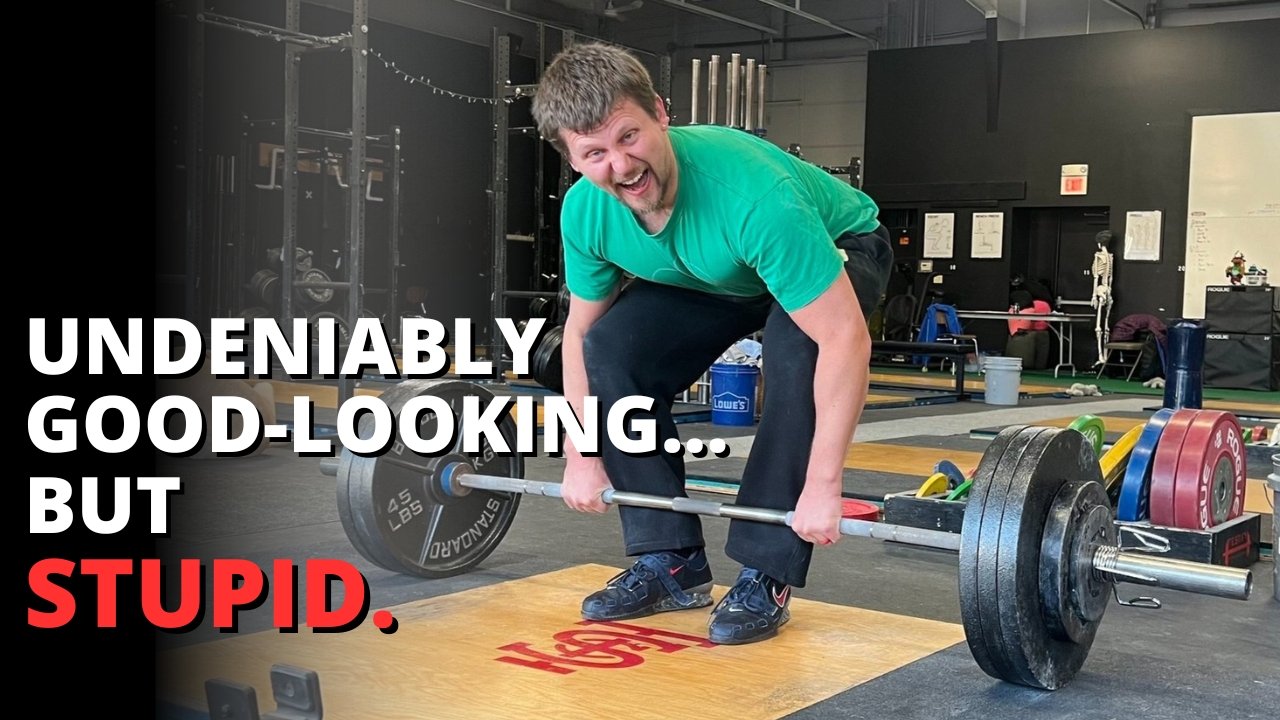The Deadlift: You're Doing This Wrong - Part 3
/This is Part 3 in our series of articles on common deadlift errors and how to fix them. Today’s error is that of too much breathing and therefore too much time spent on the floor between reps.
“One breath. Ok, here I go . . . maybe another breath. Ok, got it, let’s go . . . well, one more breath will probably help . . .”
The trap of spending too much time between reps in the deadlift is an incredibly easy one to fall into - you’ve set the barbell down, you’re tired, the weight is heavy, you’ve started to question whether or not you’ll get the next rep - next, you start to question whether or not you’ll even attempt the next rep.
Spending a lot of time between reps is not productive, and in fact, it will actually tire you out - you’re in a crouched position of sorts, and it takes energy to stay in the position - so spending less time with the bar on the floor between reps will actually make for a more efficient (read: easier) set. The only truly good resting position for a deadlift is sitting down in the chair when you’ve completed the set, so let’s fix this problem.
When you’ve set down a completed rep and you’re getting ready to pull the next one, treat the breathing situation as “one-and-done” - take one breath, set your back in extension, and then go.
Here’s a very useful mantra to have running in your head between reps: Breath. Chest. Pull. Assuming that the bar is in place over the middle of the foot, your shins are touching the bar, and you’re balanced on the middle of your foot, here’s how it works:
Breath: Take one breath. Not two or three. ONE.
Chest: Squeeze your chest up to set your back in extension.
Pull: Drag the bar up your legs.
Keep it simple. Toward the end of a set, you may have to take two breaths between reps, but keep it limited. Get. The. Set. Done. Then, go sit in that chair.
As always, we hope this helps you get stronger and live better.
(Some links may be affiliate links. As an Amazon Associate, Testify earns from qualifying purchases.)
















